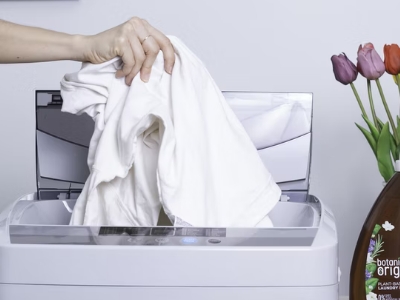Treatment for Jock Itch

What is Jock Itch?
Jock Itch is a fungal infection that causes a red, itchy rash in warm and moist areas of the body. The rash often affects the groin and inner thighs and may be shaped like a ring.
This infection is usually not serious even though it can often be uncomfortable and bothersome. Treatment for Jock Itch may involve keeping the groin area clean and dry and applying topical antifungal medications.
What Causes Jock Itch?
Jock itch is caused by organisms that thrive in damp, confined environments. A fungus causes jock itch, which spreads from person to person or through the sharing of towels or clothing. An athlete’s foot fungus often causes this condition. Fungi can travel on your hands or a towel from your feet to your groin, spreading the infection.
What are the symptoms of Jock Itch?
The symptoms of Jock itch usually begin with a reddened area of skin in the crease in the groin. It often spreads to the upper thigh in a half-moon shape. The rash may be ring-shaped and bordered with a line of small blisters. It may burn or feel itchy, and the skin may be flaky or scaly.
See your doctor if your rash is painful or you develop a fever. Also, see your doctor if the rash has not improved after a week of treatment or if it has not cleared up completely after three weeks of treatments.

Who is at risk of having Jock Itch?
You’re at greater risk of jock itch if you:
- Are male
- Are overweight
- Are a teen or young adult
- Have diabetes
- Have a weakened immune system
- Wear tight underwear
- Sweat heavily
How to diagnose Jock Itch?
Your doctor can often diagnose Jock Itch by looking at the rash. If the diagnosis isn’t precise, your doctor may take skin scrapings or samples from the infected area for study under a microscope.
How to Prevent Jock Itch?
Reduce your risk of jock itch by taking these steps:

- Keep your groin area dry. Dry your feet last to avoid spreading the athlete’s foot fungus to the groin area.
- Wear clean clothes. Change your underwear at least once a day or more often if you sweat a lot.
- Make sure your clothes fit correctly, especially underwear, athletic supporters, and sports uniforms. Avoid tight-fitting clothes, which can rub and chafe your skin and put you at increased risk of jock itch.
- Do not share personal items. Don’t let others use your clothing, towels, or other personal items.
- Treat or prevent athlete’s foot. Control any athlete’s foot infection to prevent its spread to the groin.
Treatment and Medication for Jock Itch
For mild jock itch, your doctor may suggest first using over-the-counter antifungal medication. Apply the medication as your doctor recommends for one to two weeks even if the rash clears up quickly.
Medications usually used for fungal infections:



